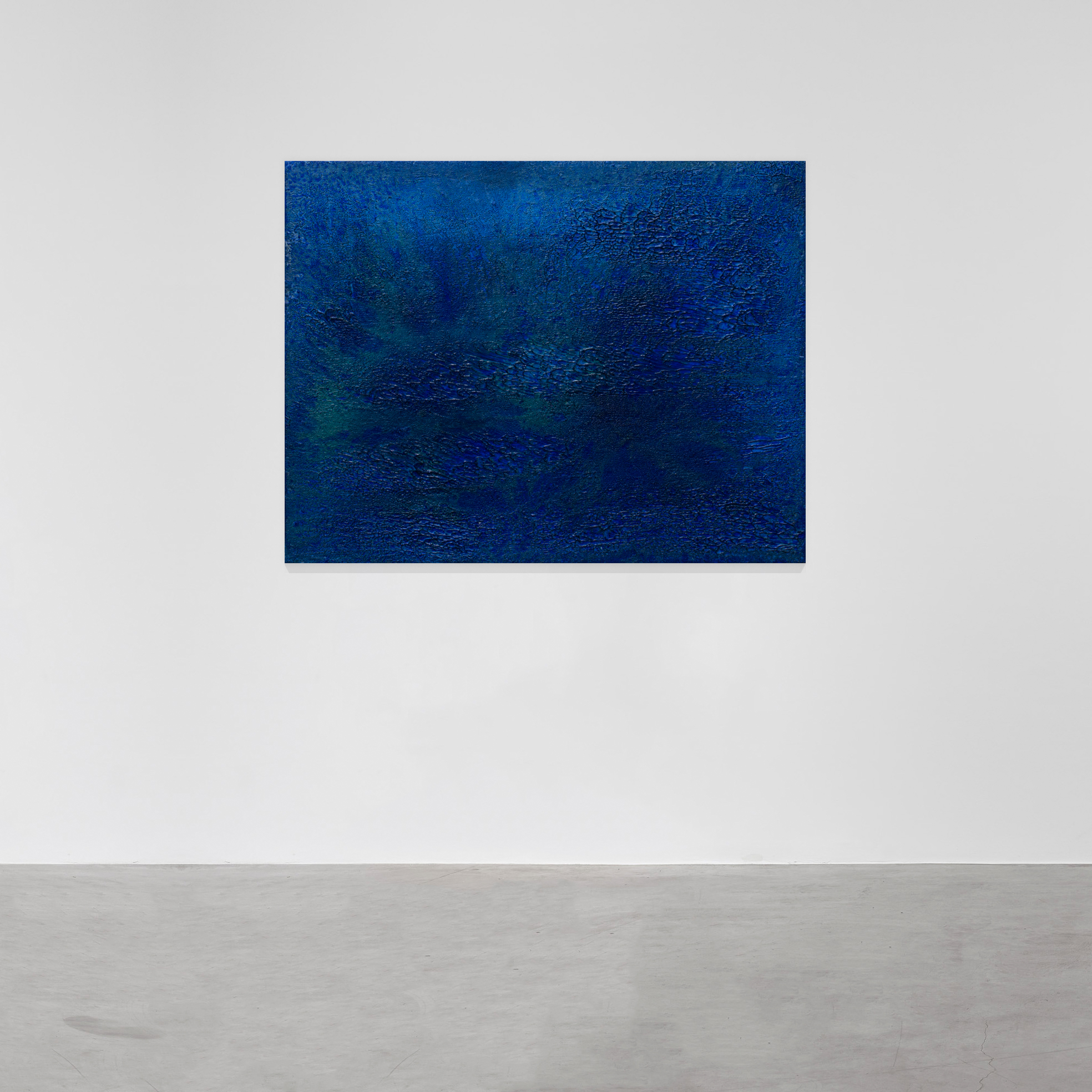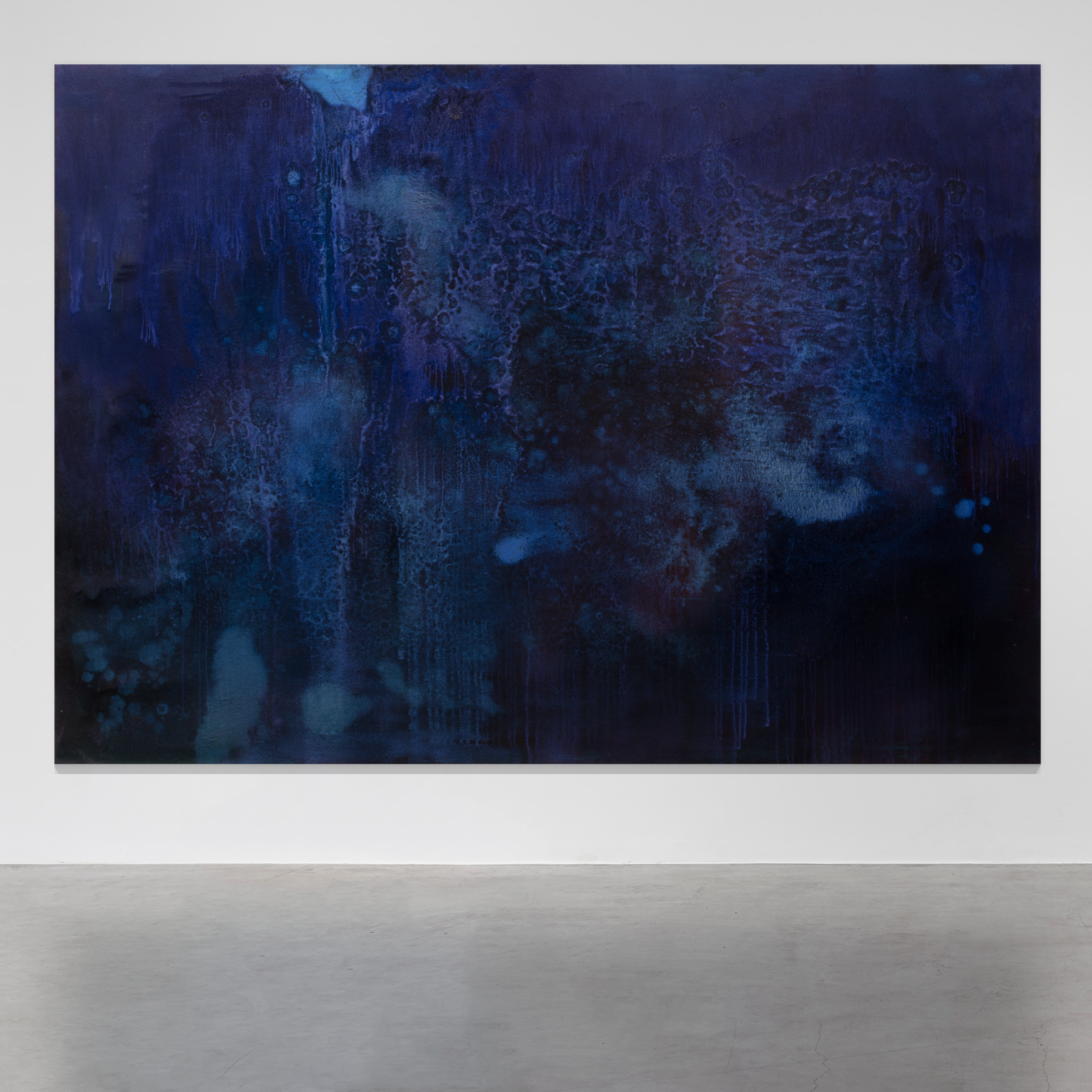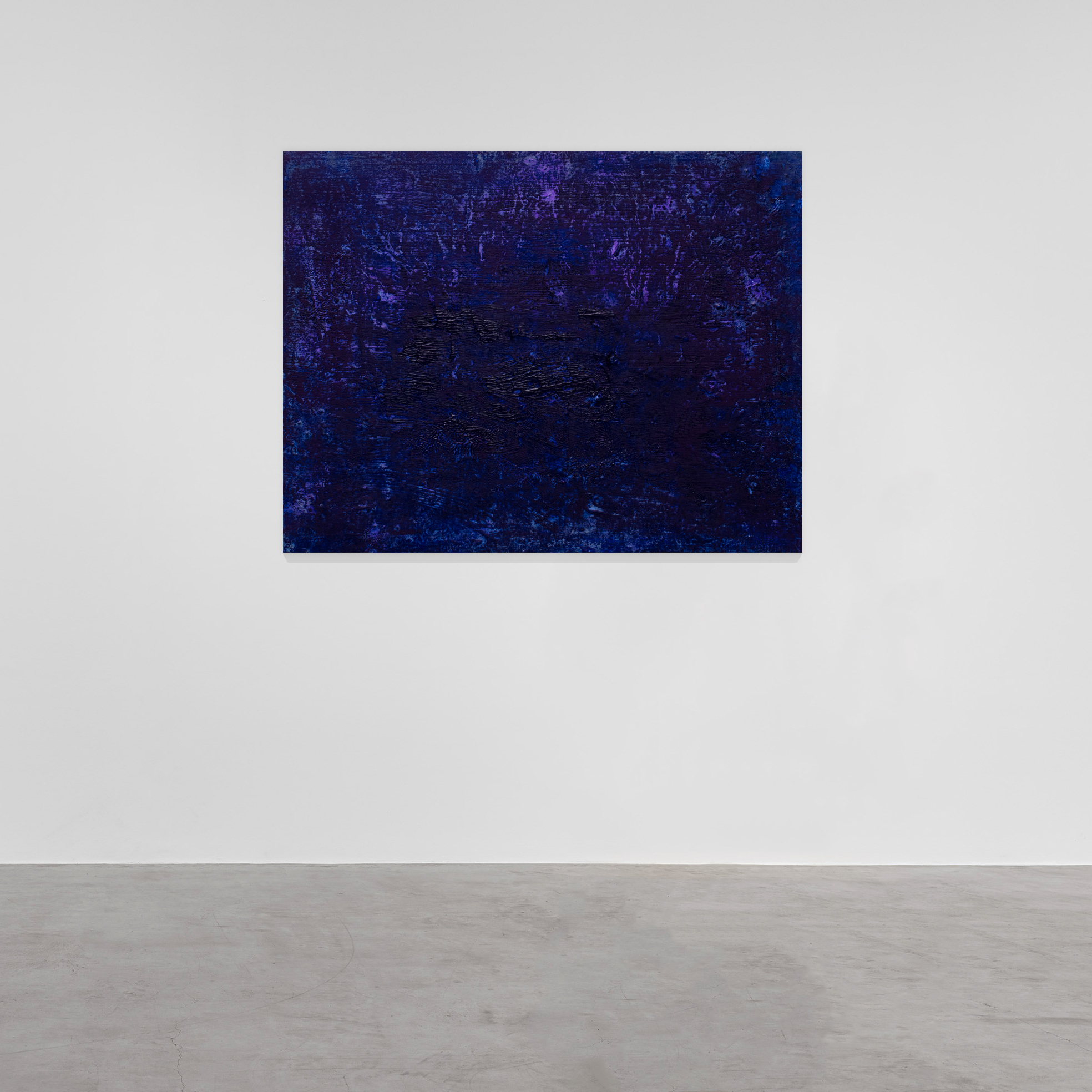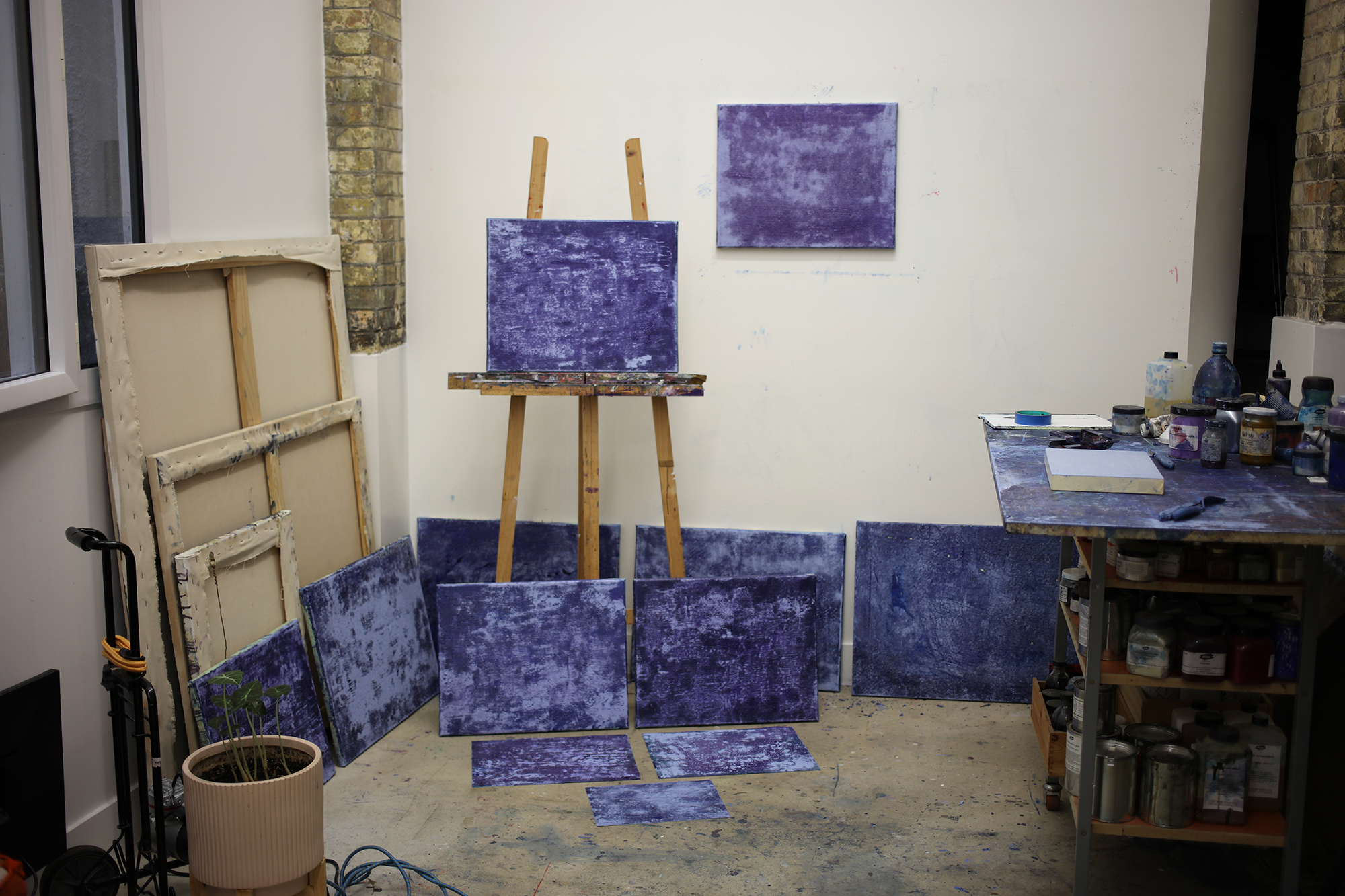During my recent holiday in Miami, I had the wonderful opportunity to reconnect with family and friends. As we gathered and engaged in discussions about my latest artistic endeavours, explaining the evolution away from direct brush strokes in my paintings became an exciting challenge. Moreover, articulating the presence of entropy within my art proved to be a complex venture. Distilling the array of interrelated art concepts into a single, easily digestible phrase was no small task. My aim was to help them grasp the essence of my ongoing art project, “Natural Entropy,” which encapsulates a fusion of concepts deeply woven into my creative process. Allow me to share a brief glimpse into the key concepts that underpin my current artwork, as I understand them.
In the world of artistic expression, the term “entropy” might not immediately find a place beside the strokes of a painter’s brush. However, the connection between art theory and the concept of entropy goes beyond first impressions. There is an intriguing relationship between these seemingly distinct domains, delving into the philosophy, the act of painting, and how entropy acts as a catalyst for artistic evolution.
Understanding Entropy in Art
At its core, entropy embodies the measure of disorder or randomness within a system. When viewed through the lens of art theory, entropy takes on a unique role—an invitation to deviate from established norms and embrace the allure of chaos. Artists who welcome entropy challenge conventions, adopting unconventional techniques, materials, and compositions. The result? Artworks that capture attention through their unexpected compositions, enticing viewers into a realm of unpredictability.
In my previous article, I delved into the realms of Illusion, Representation, and Originality, exploring how Sigmar Polke skilfully defied and surpassed artistic boundaries, pushing the medium’s limits. Now, gazing upon the painting below, we are invited into an intricate dance where entropy, illusion and representation converge to craft an enthralling narrative.
Vibrant colors coming from historical pigments like Lapis Lazuli converge in seemingly chaotic patterns, embodying the essence of entropy’s disorder. Amidst this chaos, I employ techniques of illusion, using perspective and shading to craft an intricately cosmic scene. This scene, while representing an intangible and for some an unfathomable subject, serves as a gateway to an imaginative realm, blurring the line between reality and illusion. At the heart of it all lies the decision to merge these elements in a way that challenges expectations, sparks intrigue, and invites viewers to delve into a world where the boundaries of artistic conventions are delightfully shattered.

Pablo González-Trejo, Untitled, Oil on canvas, 50 x 65 cm, 2023
Exploring the Philosophy of Entropy
The philosophical implications of entropy extend their reach into various disciplines, including art. In philosophy, entropy symbolises impermanence and the eventual decay of ordered systems. Artworks infused with entropy philosophy carry an air of ephemerality, frozen moments that reflect the continuous cycle of creation and dissolution. As viewers engage with these pieces, they’re prompted to ponder the fleeting nature of beauty and the evolving interpretations that time weaves into art’s tapestry. While showing this painting below to friends they first loved the colors and the forms, then later started anthropomorphising it with body parts like legs and faces.

Pablo González-Trejo, Untitled, Oil on canvas, 150 x 209 cm, 2022
The Alchemy of Creation: Embracing Chaos in Art
The act of painting, conventionally seen as controlled, is also a canvas for embracing entropy’s disorder. With each pigment particle deposited into the canvas by unconventional means, a dance between artistic intention and chaos commences. Controlled chaos injects vitality into artworks, fostering an energy that draws viewers in. Renowned artists like Jackson Pollock exemplify this approach, intentionally introducing randomness into their creative process. The interplay between intention and chance yields works teeming with dynamic energy and unstructured beauty—a true embodiment of entropy’s essence.
From Chaos to Creation: The Evolutionary Journey
Artists, whether conscious of it or not, become agents of entropy-driven evolution. I noticed this in my paintings from the moment I started creating real artworks on canvas. By daring to challenge norms and embrace the chaos of innovation, artists can pave the way for new possibilities on the canvas. The avant-garde movements of the 20th century stand as testaments to this embrace of entropy. Surrealism, Dadaism, and their peers defied established artistic conventions, ushering in an era of unbridled creativity. This willingness to blur lines between chaos and order mirrors the natural world’s emergence from seemingly random interactions.
The Dynamic Role of Chance and Intuition
Around 1478, Leonardo Da Vinci began to explore new paths, one that I associate today with entropy in art. To find the truth of form – which is illusory, being constantly broken apart by an ever-changing world – the painter needed to acquire an intellectual and technical freedom that would enable him to capture its very imperfection. This was expressed as a violent attack on form – a direct juxtaposition of incompatible states that sometimes produced nothing but black. This approach, required by the absolute necessity of conveying movement, was described by Leonardo as componimento inculto – ‘intuitive composition’.
Entropy-infused art thrives on the interplay between chance and intention. Surrendering control to the unknown unlocks untapped realms of creativity, leading to breakthroughs that meticulous planning might overlook. Artists like Jean Arp understood this dynamic, creating “chance collages” where randomness guided composition. Such works highlight the potential of entropy to spark innovation, showing that sometimes, the best creations arise when artists let go and allow chance to be their collaborator.
A Dialogue Between Artist and Audience
As artworks venture into the public eye, the dialogue between entropy and artistic evolution extends to the audience. Each observer brings a unique perspective, weaving their emotions and interpretations into the fabric of the artwork’s narrative. This ongoing interaction creates a cycle of transformation, akin to the increase of entropy in isolated systems. Just as entropy leads to increased disorder, the dispersion of artistic energy among viewers results in a diverse spectrum of responses, enriching the artwork’s meaning and ensuring its relevance across diverse contexts.
In the realm where creativity meets chaos, entropy proves itself as more than a scientific concept—it becomes a driving force behind artistic innovation, evolution, and the perpetual dance between order and disorder. Through the canvas and the observer’s gaze, we witness the unbreakable bond between entropy and art, a bond that echoes the very essence of life itself.

Pablo González-Trejo, Untitled, Oil on canvas, 50 x 65 cm, 2023
